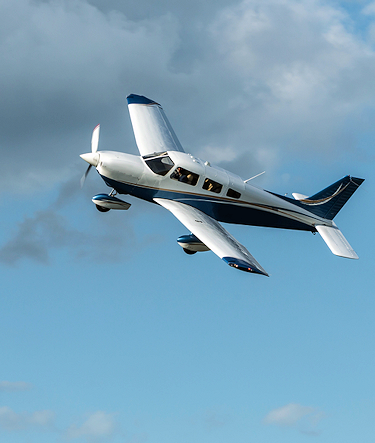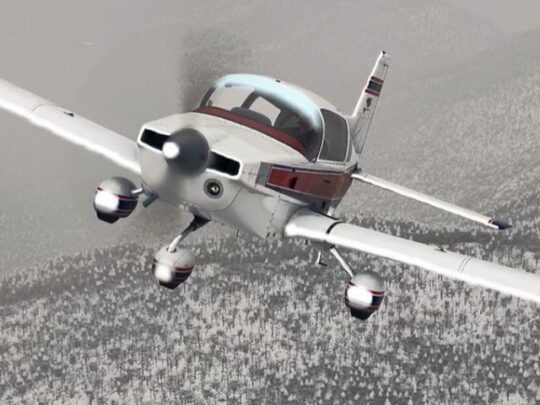Subscriber question:
"Assume I lost my engine and want to land on a field 3000 feet directly below me. How should I approach this landing?" — Roy P.
Jeff:
 “First, slow down and hold between best glide speed and about 10 knots below it. That’s because, a) best glide is usually published for gross weight and you’ll be somewhere under that unless you just departed, and b) minimum sink speed will actually maximize your time before landing. Minimum sink is roughly halfway between best glide and clean stall speed. Given this is a high-stress moment, holding between best glide and best glide minus 10 is fine.
“First, slow down and hold between best glide speed and about 10 knots below it. That’s because, a) best glide is usually published for gross weight and you’ll be somewhere under that unless you just departed, and b) minimum sink speed will actually maximize your time before landing. Minimum sink is roughly halfway between best glide and clean stall speed. Given this is a high-stress moment, holding between best glide and best glide minus 10 is fine.
Assuming you’re flying from the left seat, circle to the left with banks of 10-30 degrees. Stay within half a mile of your target field and assess two things. Plan your final approach to steer clear of big obstacles, such as trees, buildings, and—if you can see them—wires. And, plan to land as into the wind as practical. You want to land as slowly as you can, and spread out the deceleration. It’s a sudden stop that kills.
If you have time, squawk a mayday with at least your transponder and run through a quick flow to attempt a restart. Just remember “gas, air, spark.” If the windscreen is covered with oil, skip the restart part. Also, keep lookout for a secondary field in case your selected site turns out to be unsuitable—such as suddenly seeing those power lines.
The spiral is part one. Its goal is a key position at 1000 to 1500 feet AGL and abeam your target touchdown point. Adjust your last spirals with varied bank angles, or even a slight slip, to reach that key position.
Now level the wings and descend maybe another 200 feet, depending on the wind, before turning back to the field. Adjust your pattern as needed to ensure you make the field. Fly a bit wider, slip on base, or even s-turn a bit if you’re too high. Bank up to 45 degrees and head straight for the touchdown target if you think you’ll land short.
I like to approach no-flaps in a light airplane until I’m sure I’ll make the field. That way I can add flaps from zero to full for maximum slowing and drag on final—so long as I won’t overshoot. It also means that if I need to clear one remaining obstacle, I can deploy those flaps at the very last moment and float over the obstacle, even though I might land a bit harder in the field afterward.
This spiral-down plus power-off landing takes proficiency. Go out with an instructor and practice at a sleepy airport so you can try it all the way to landing—making detailed position calls all the way down.”
Here’s a video where Jeff Van West and Keith Smith work through an engine out emergency scenario.
Do you ever practice engine-out landings all the way to touchdown on a runway?
(Assume practice is idle power in a single-engine airplane.)

